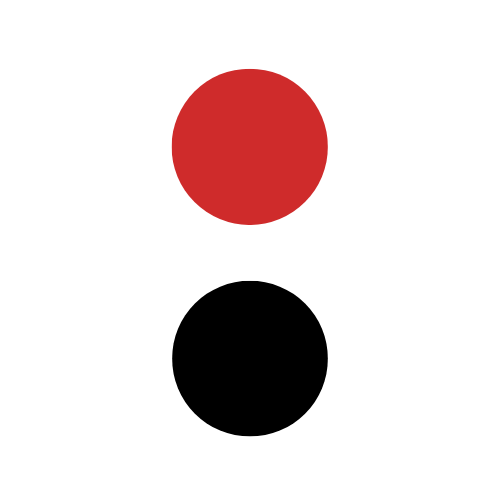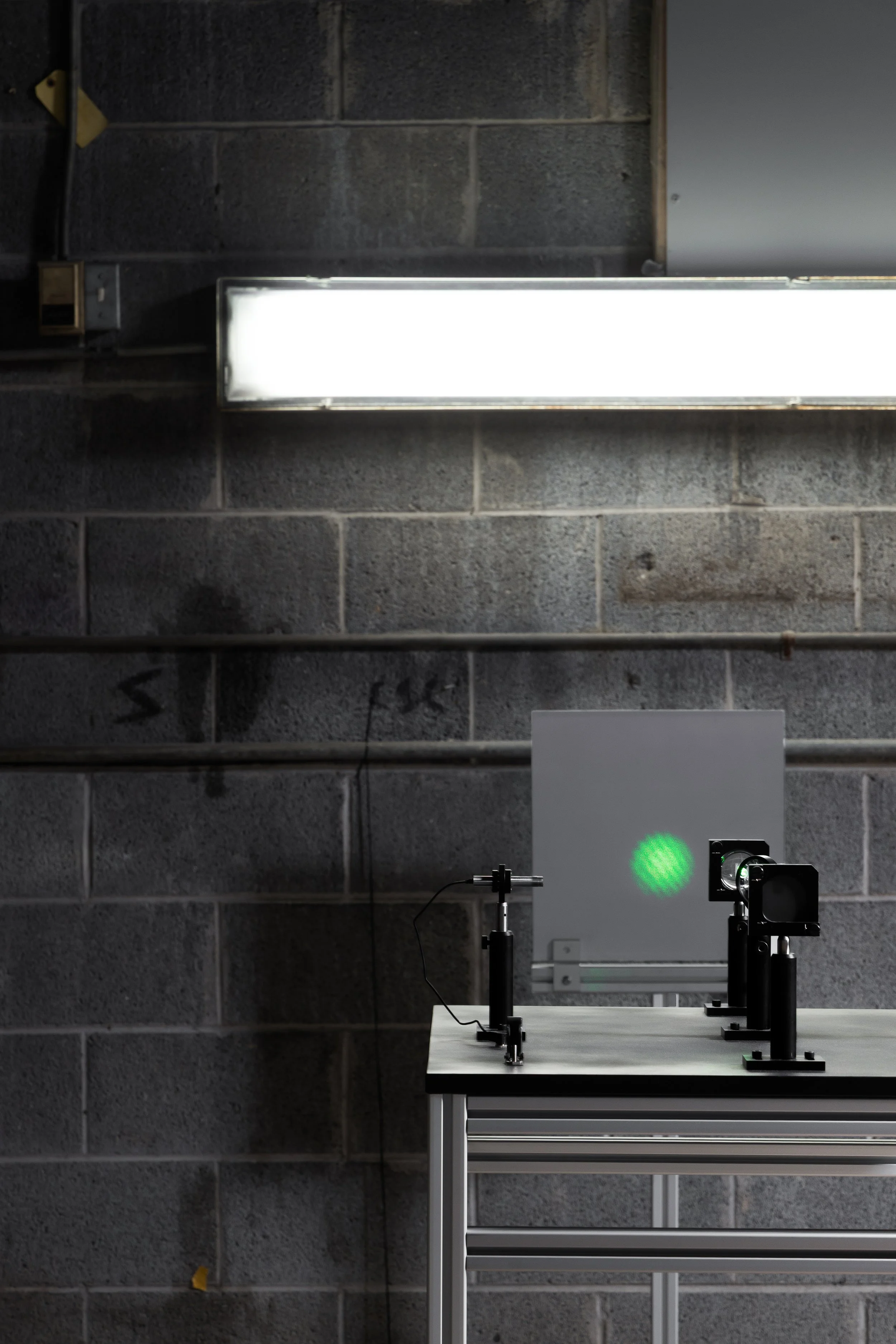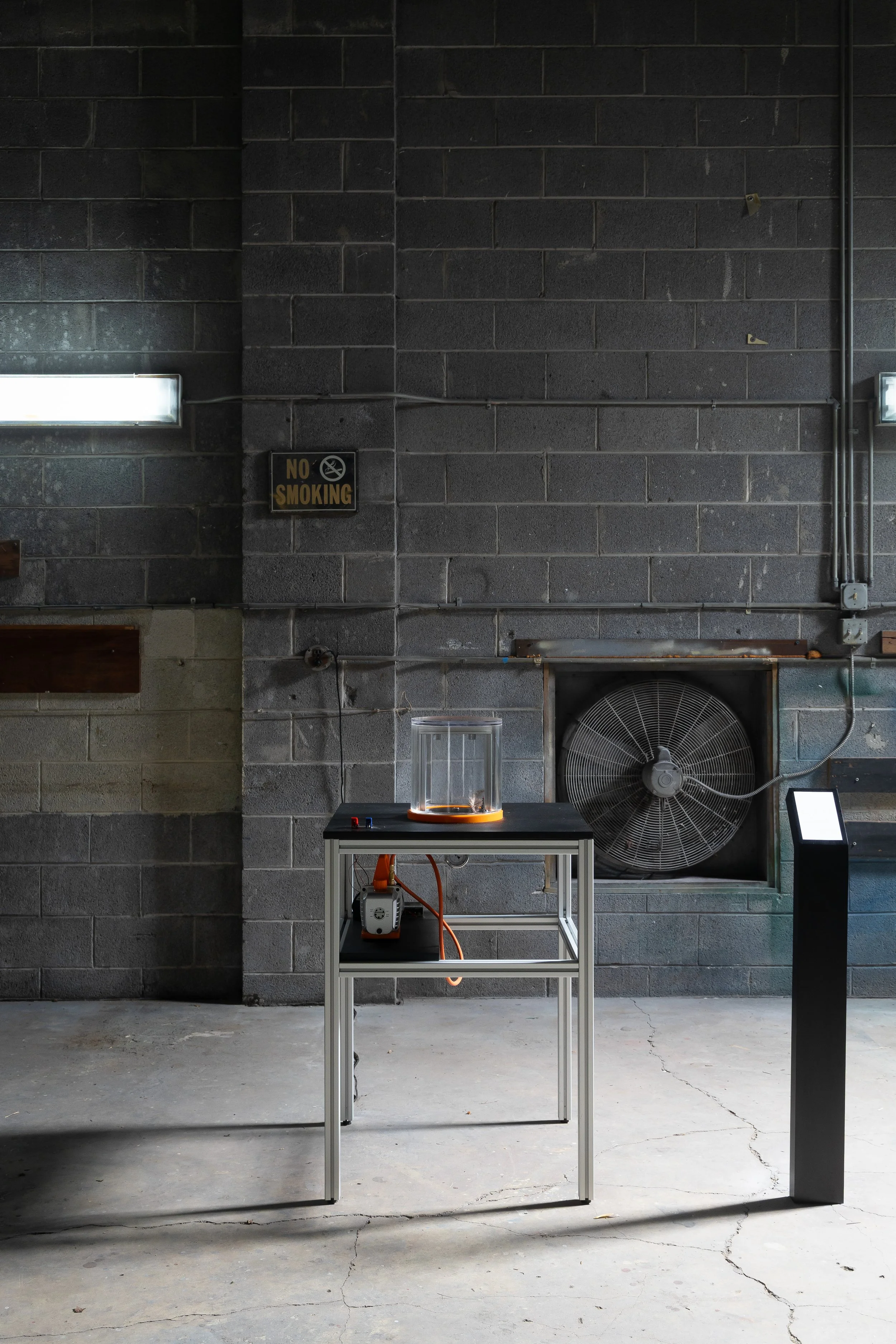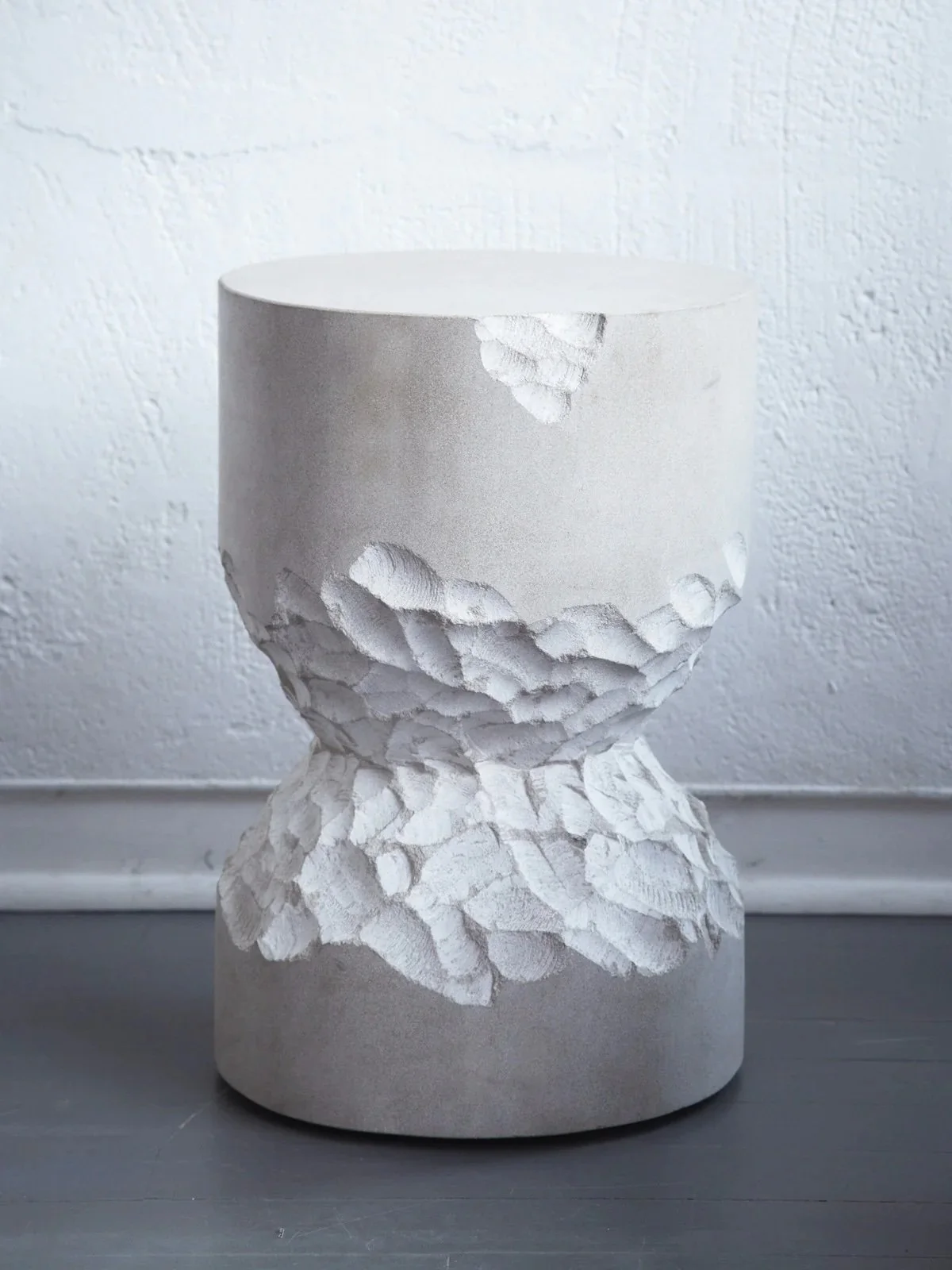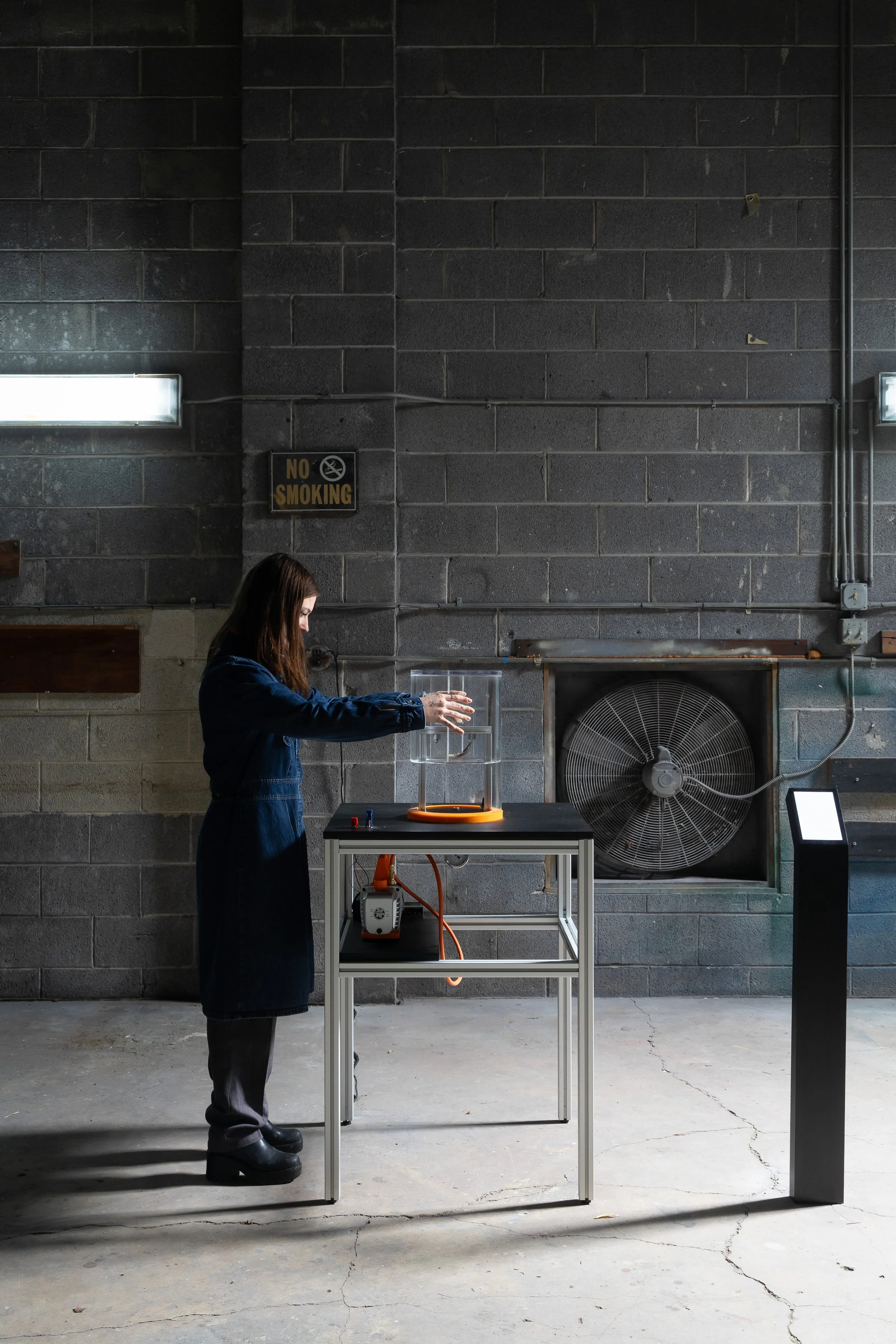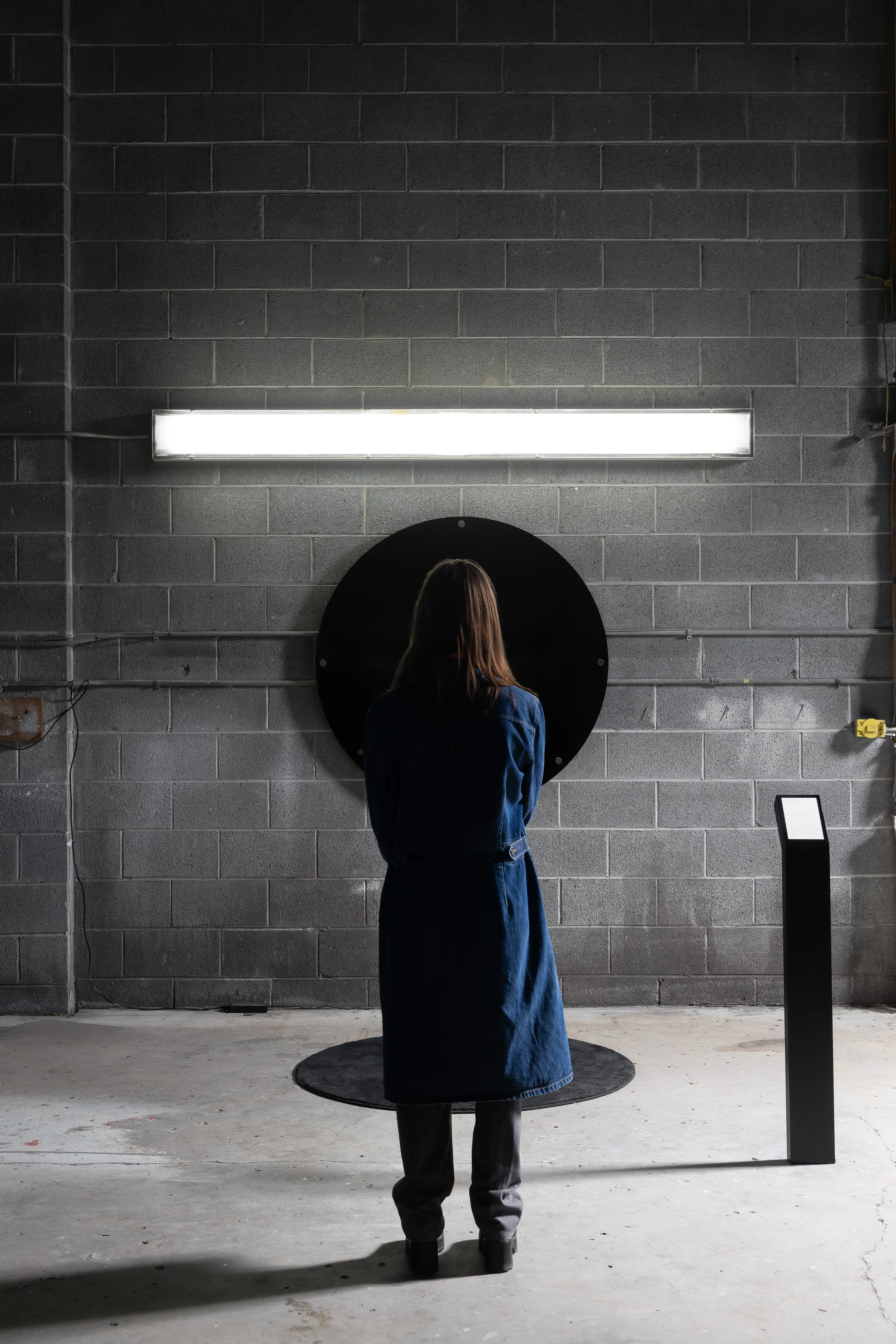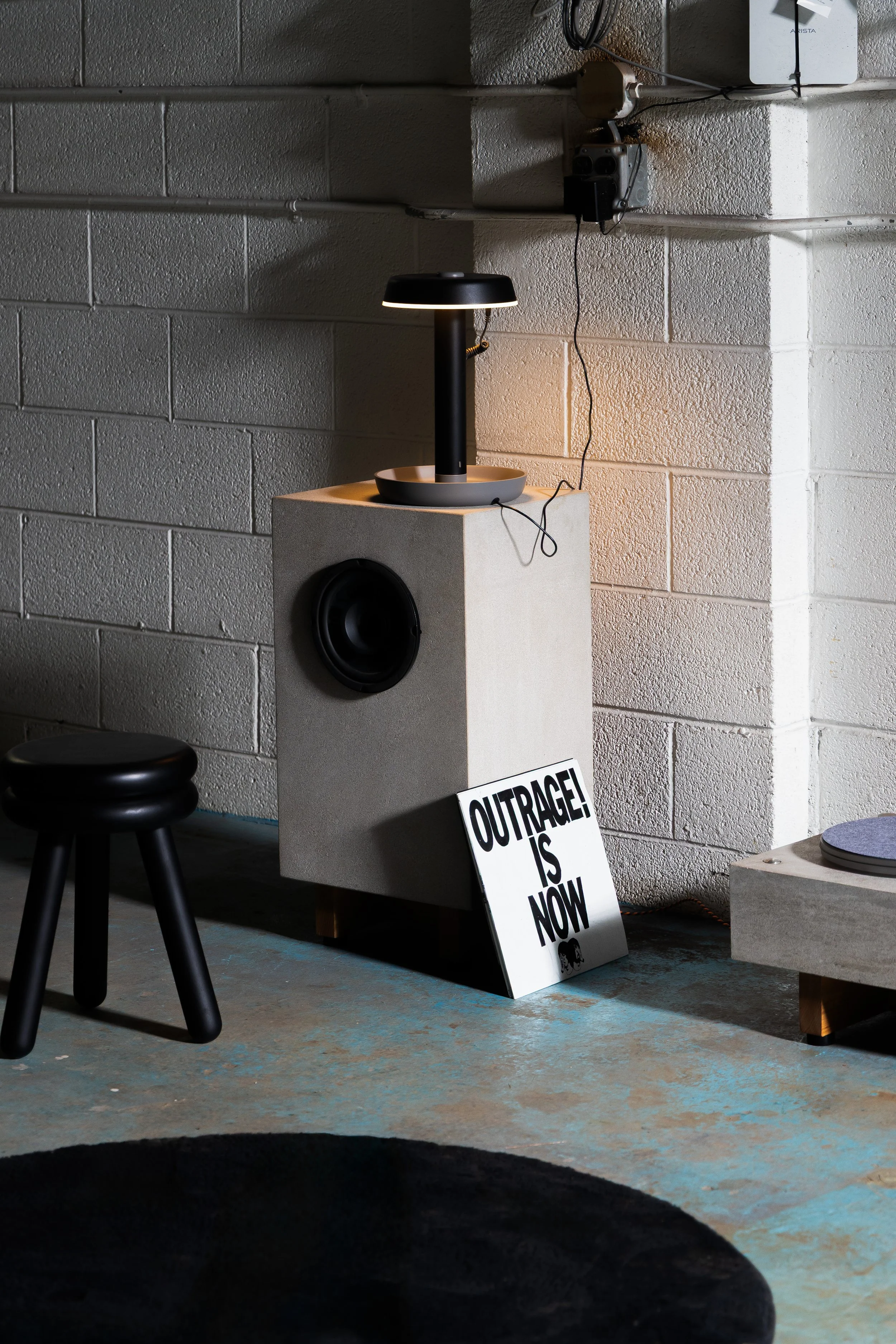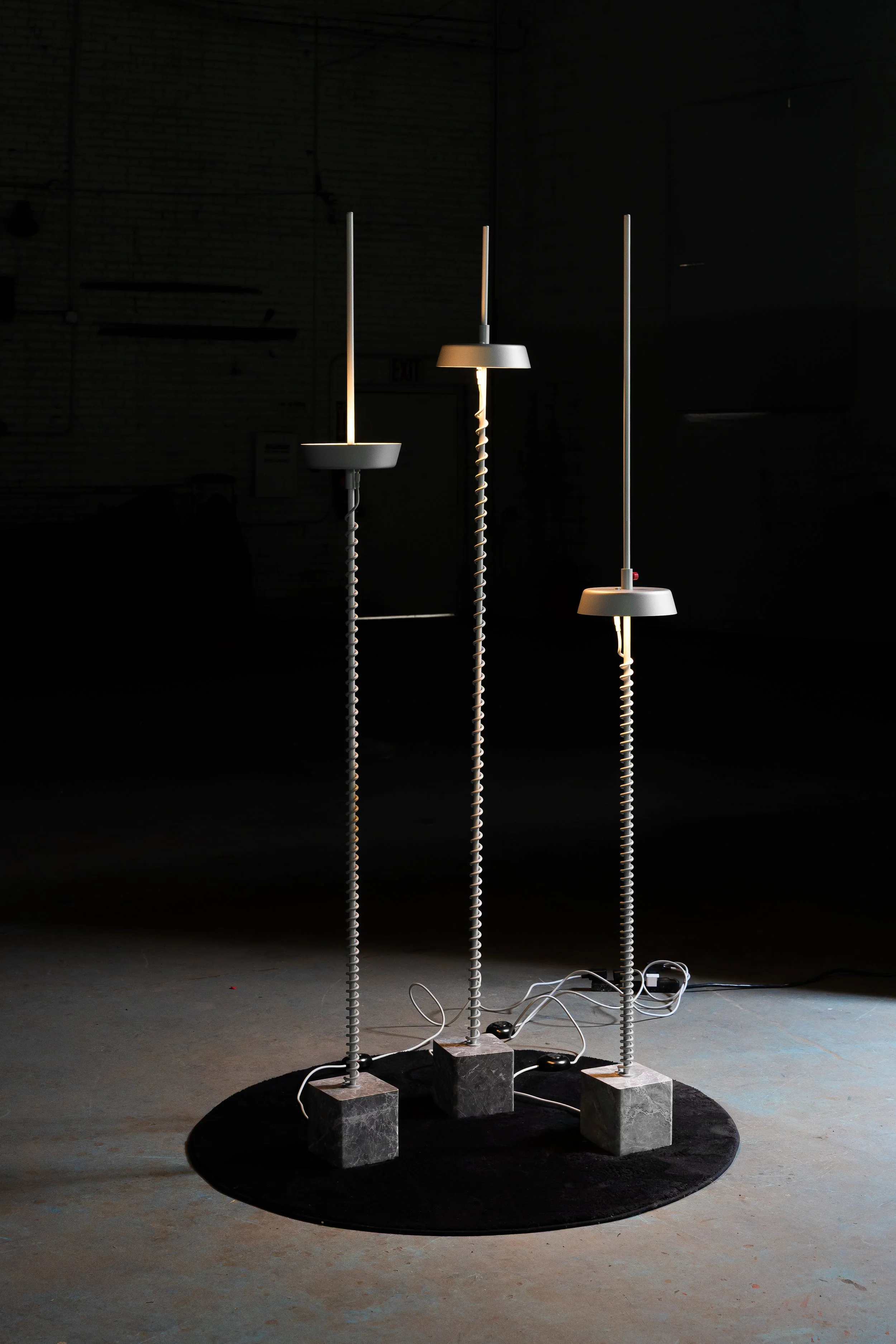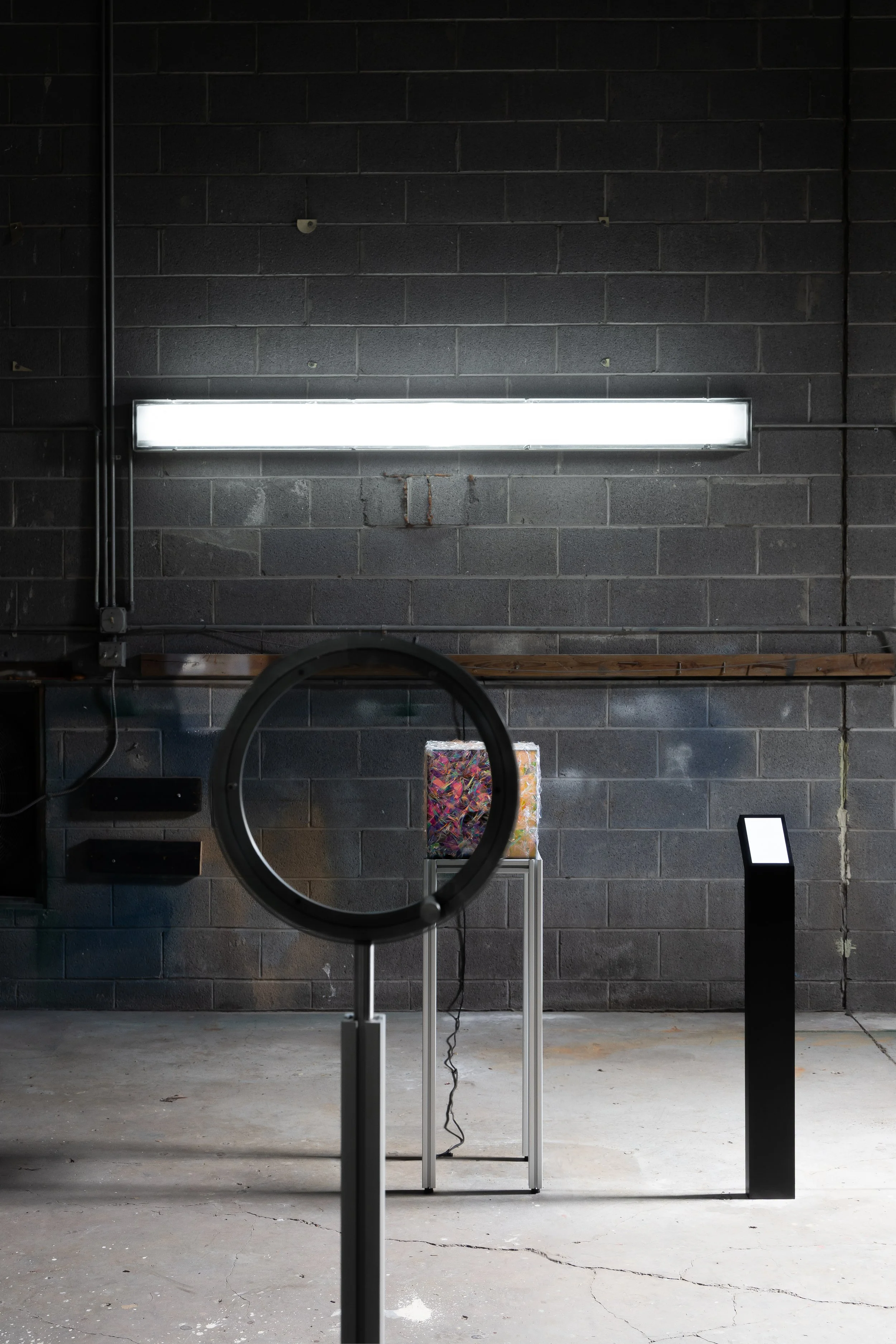Science, Design, and looking for magic
A conversation with Brian Richer
Brian Richer:
When did I first develop an interest in science? Most directly I could think back to Jorge Luis Borges and Richard Feynman. In school I was really interested in the philosophy of mathematics. I'm okay at math, but I'm more interested in the philosophy of it – the implications of math in society at large. It does kind of inform how we perceive the world. I didn't study [math] but I veered towards those subjects in my reading, particularly Borges – it's like magic realism, but it's heavily into mathematics and philosophy, mathematics and science. Not that I understood it all, but it was very interesting. Anything about quantum mechanics interests me, even though I don't have a really good understanding of it. But people that study it for a living would probably say the same thing – you know, the less you know, the more you know. That’s the thing with quantum mechanics, it’s a funny thing.
I think there's this magic thing to physics: Particles that can go back in time, particles that can communicate over great distances. The paradox of Schrodinger's cat, that whole thought experiment, there’s all this weird stuff.
As I got into design, sometimes creativity just wasn't doing it for me, so I started thinking about applying scientific principles to product in a subtle way. I think the induction light, this exhibition SCIENCE > DESIGN, and some other shows we've done…It’s presenting science in a design way, but it is a science-based thing, a science-based object.
BR:
Yeah, I think so – not all the time, but it definitely informs how I think about some of the work. For me it's adding a little bit of magic back into design, because there is this kind of grind with product development, and you know, life gets hard – there was a point when I asked myself, “I’m making another stupid light?” I needed something to motivate me.
And I don't think a lot of people in design do think of science even though I think they go hand in hand. You look at everything at NASA: It is design, but it's driven by science, which is interesting. Satellites look that way because it’s design; rockets look that way because it’s design. So it's science informing design, which is kind of interesting. Science is the function of the design.
Isabelle Weiss:
Is that how you find yourself – throughout time and running your practice as a designer – gravitating back towards science kind of as the root of design? Like when you're trying to problem solve or just conceptualize different things?
IMW:
I think that’s one of the things I really like about your exhibition – if I zoom out to get a really basic sort of principle, it's this idea of giving visual presence to unseen things. I think that's interesting to think about just generally in design because we are confined by the laws of physics when we're talking about any kind of material object, right? Like gravity, it's always there. It's this omnipresent thing that a lot of people – [just] as you're saying – are not often thinking about in the creative aspect of design.
BR:
Yeah. The interesting thing about gravity: We have no understanding of it. We get it; it's there. But our understanding of gravity is so limited. People often go, “Where's the magic in the world?” Well, it's here. It’s these things that happen on a quantum level.
I just think looking at the world through a scientific lens is interesting.
But looking back to design in science, you look at the early cloud chambers, early vacuum chambers – they're beautiful handblown glass. Early telescopes – like old Galileo telescopes – would have flourishes and filigree.
IMW:
So these early scientific objects, they were designed, hand-crafted objects.
BR:
Yeah, there was craft to it for sure. That might be a gross generalization...
IMW:
Well, literally the metalsmiths had to make the telescopes, so I don't think that's too general!
So, speaking of craft, what can you tell me about stone carving?
BR:
Yeah, that's a hard one. Well, coming out of university, I needed a trade and there was something romantic about stone carving. And one thing about that trade, you have to know geometry and mathematics. And as a trade it is tied to the history of geometry and mathematics.
And my interest in the built environment – that's another big thing that attracted me to stone carving. And the idea of contributing to the cultural fabric in such a big way, that I could go to Toronto and there's a stone carving I did for a building that’s going to be there for a long time.
I don't want to romanticize it too much, but it is pretty…
IMW:
…amazing? Do you have a favorite project?
BR:
I think Old City Hall in Toronto. I did a lot of work on St. James Cathedral too…I worked on the Peace Tower in Ottawa…
Anyway, later I would bring stone carving into design like, you know, carving a stone credenza. I like that dialectic approach, two disparate things I bring together to make something different, something new, I like creating things that people can learn something from – not to be too arrogant or pedantic – but, I know at least a few people who walked through the show [SCIENCE > DESIGN] were like…you could tell they were fascinated by the concepts. Maybe they are going to go back and look into them.
IMW:
Yes! And it makes sense to me that you admire Richard Feynman, because I've read a couple of his books and I've always really, really loved him…just as a human. He is just so genuinely in love with learning every day and the fact that there's something new to learn every day. I really see that in you and your work too.
BR:
And he tries, like any good person, to explain it in a way that's simple. That’s very difficult to do with these complex concepts. That was one of his lessons – if you can't explain it simply, do you really understand it?
I think about that in design too.
IMW:
It has been really nice to watch people go through the exhibition or talk them through it and just observe their response. There is this certain barrier or this certain pretense that people end up dropping as they're going through the show because they're just so genuinely curious about everything and that kind of takes over. I feel like those moments are so rare, culturally, these days, right?
BR:
Yeah, for sure. You know, painting can elicit that too but somehow design is just different, in the way people connect with ideas.
This interview records a conversation between Brian Richer and Isabelle Weiss during the exhibition SCIENCE > DESIGN, it has been edited from the original transcript for clarity.
